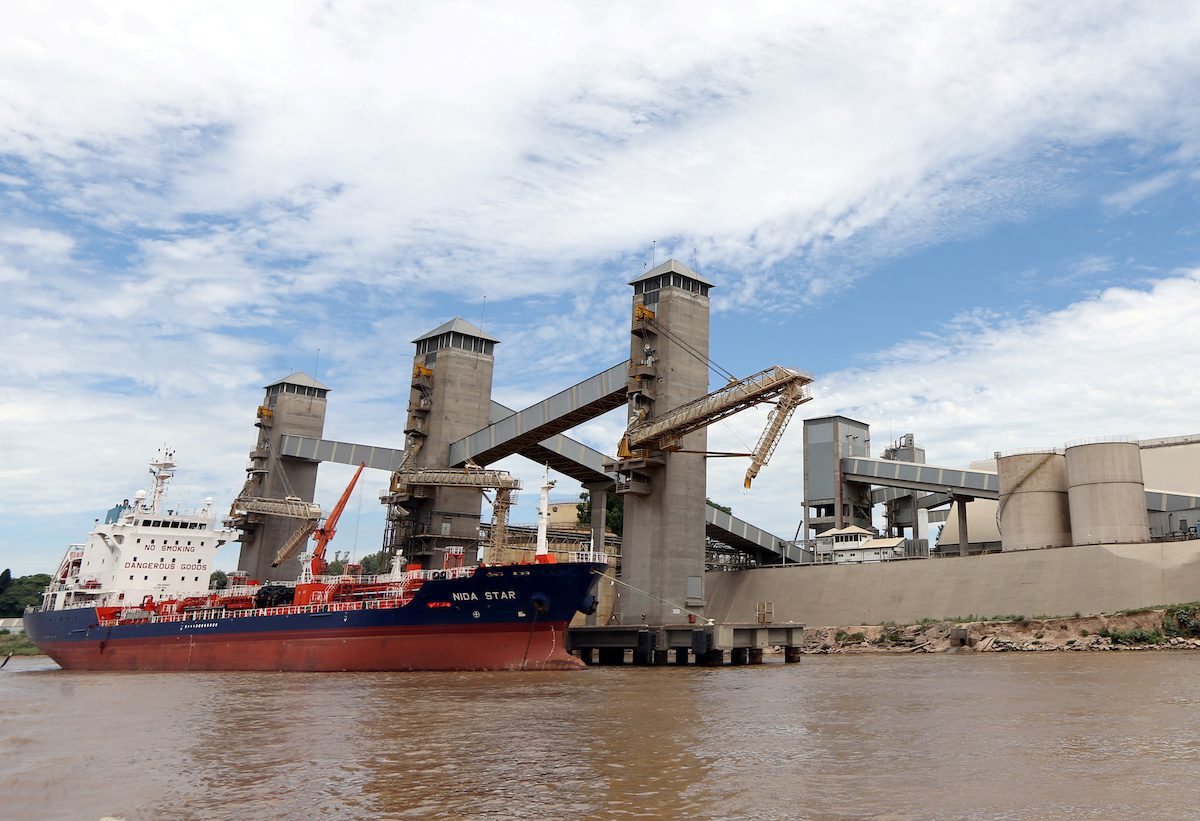Argentina anticipates exporting 5.7 million tonnes of soybeans in 2022–2023, a significant drop from its peak of 10 million tonnes a few years ago. To make matters worse, Agricultural export revenue is declining at a time when Argentina’s economy is experiencing a severe recession.
The Foreign Agricultural Service of the US Department of Agriculture reported this. Wheat production this year is estimated to be 12.5 million tonnes, far below the record crop of 22.1 million tonnes in 2021–2022. Exports are expected to be 7.5 million tonnes, less than half of the record total.
Argentina’s agricultural sector has been adversely affected by a prolonged drought, according to the Centro de Exportadores de Cereales (CIARA-CEC). This resulted in a 61% decrease in grain and oilseed export revenue in January compared to the same month in 2022. Moreover, exports in January totaled $928.37 million, a 75% drop from December.
According to Reuters the lack of rainfall in Argentina has also delayed planting of the local soybean and corn crops, while cutting wheat output by nearly half.
Bad Timing
At a time when Argentina’s economy is experiencing a severe recession, agricultural export revenue is declining. The country’s currency has fallen significantly over the past year as inflation has increased significantly over the past 32 years, reaching a high point in late 2022 of nearly 100%.
Also Read: 100-Year Drought Impacting Argentina’s Grain Exports
La Nia has caused a major drop in rainfall for the 2022–2023 season, and it has been a major strain on Argentine agriculture for three years. Corn and soybean planting have been slowed, and wheat production has been cut in half.t

 Join The Club
Join The Club











